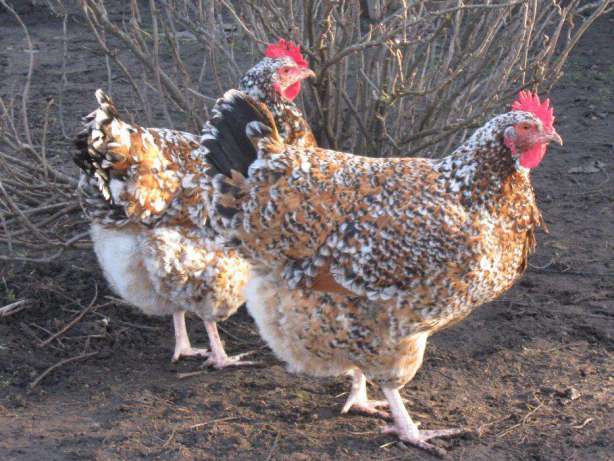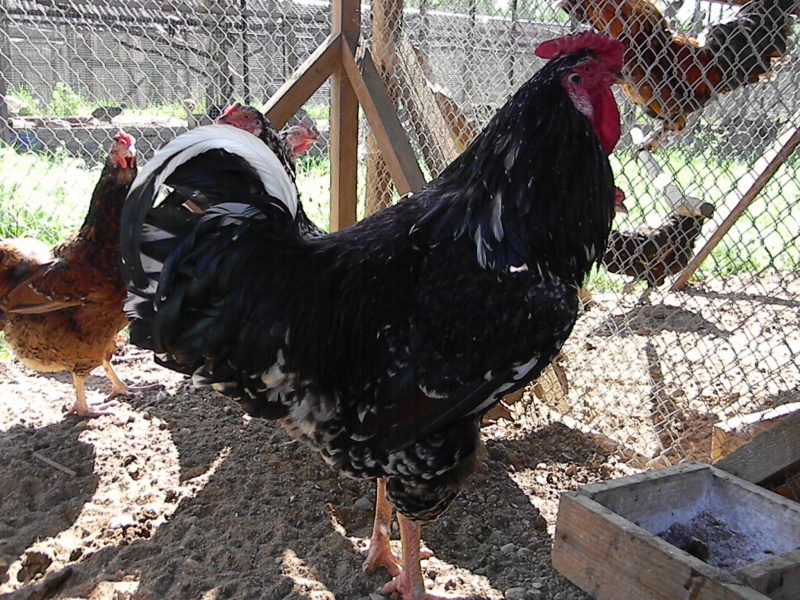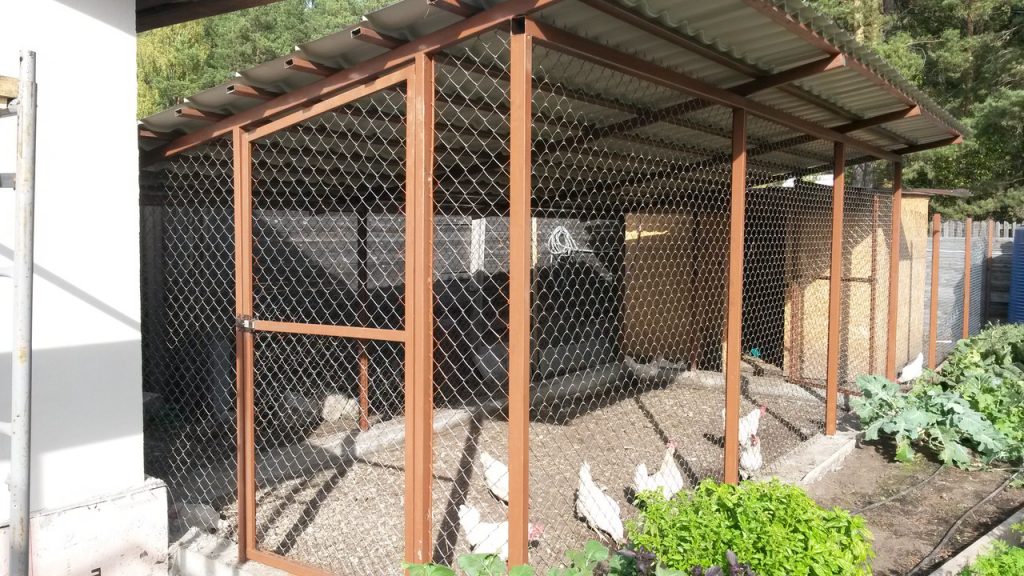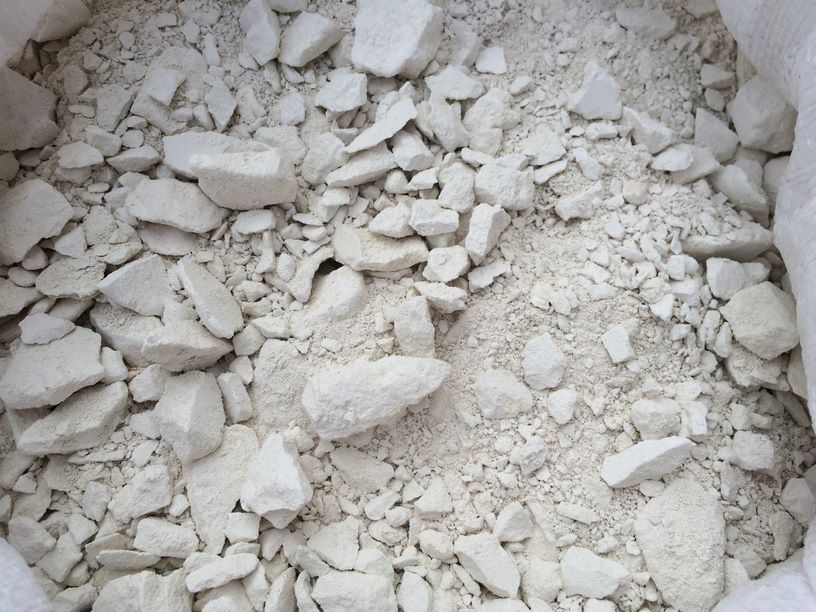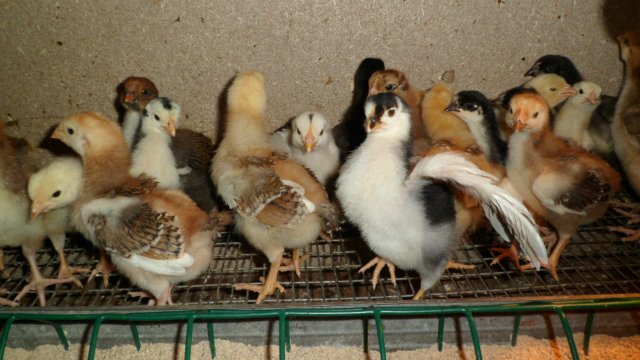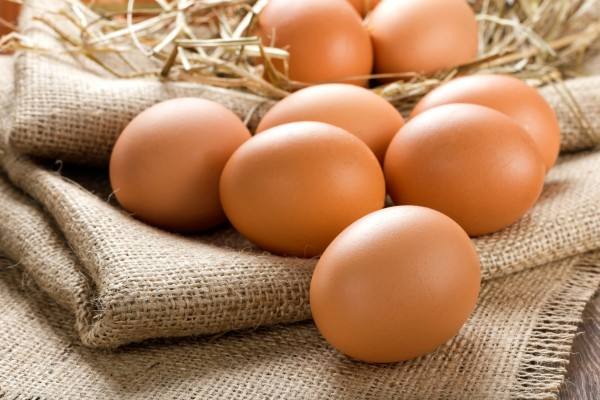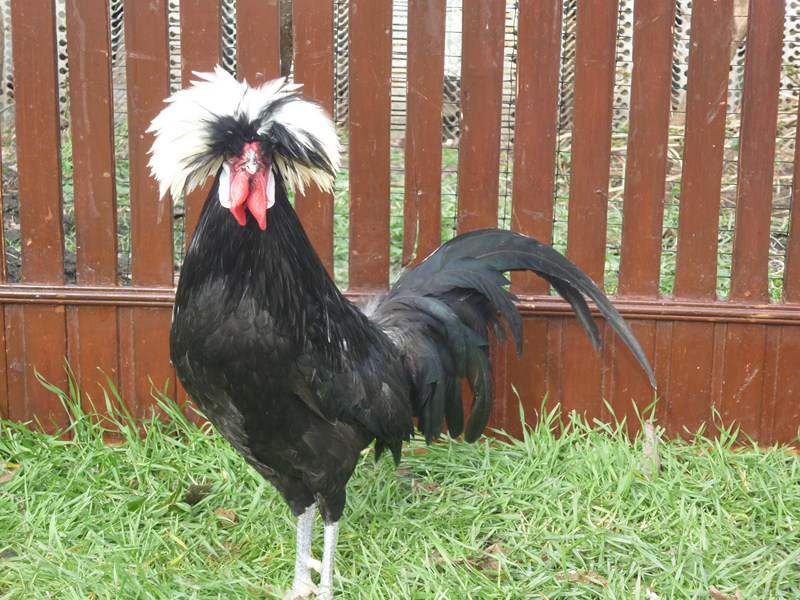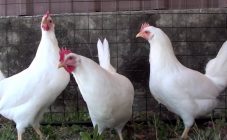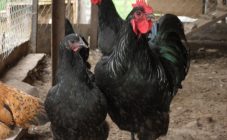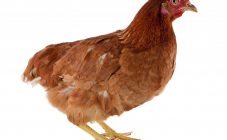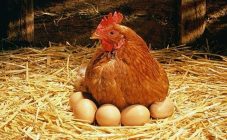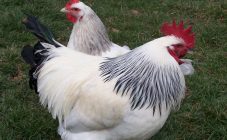Content:
Every chicken farmer wants to buy a bird that will not only produce meat, but also a large number of eggs, moreover, all year round. Perhaps most people have forgotten about one wonderful breed that meets all the criteria, while the eggs that these chickens carry are very heavy. In addition, the Livensky chickens breed was bred in Russia.
The history of the breed
Livensky uyezd existed in the Oryol region back in tsarist Russia. It was then that ordinary peasants tried to breed chickens for themselves that would lay large eggs all year round. The thing is that in those days, ordinary people could afford to feed a bird with just a handful of grain.
Over the years, the peasants managed to get what they wanted. At the same time, the Livensky breed of chickens grows very quickly and rushes throughout the year without interruption. In those days, eggs of this type were popular in England, where they were supplied from Russia. Livensky chickens can be distinguished by their plumage.
Unfortunately, in the sixties it was decided that this breed is not profitable, since there are more productive breeds. As a result, Calico chickens began to be exterminated. The only exceptions were private farms. It was already unrealistic to restore the livestock.
In recent years, in the Poltava region, the Livenskaya chintz breed of chickens was discovered in a private farm. Over the course of several years, they began to actively breed and select only the largest and strongest individuals for the reincarnation of the species. Now experts assure that Livenka will soon be famous again in the vastness of Russia and abroad. To have an idea of what is at stake, you should consider the description of the Livensky chicken breed.
What chickens look like
The appearance of the chicken breed was approved in 1990, and a standard was determined by which the criteria were selected not only for plumage, but also for the crest and paws. An adult should be large, massive. The body of the rooster is horizontal. On his head sits a leaf-shaped comb of red color, like lobes with earrings. The beak is small, colored yellow. The neck is powerful, strong, with a good mane. The chest and back of the bird are wide.
The tail feathers of the Livensky breed rooster are short and well developed. The plumage in most cases is predominantly black and yellow, with the addition of silvery and golden feathers. Layers lay at least two hundred eggs a year. The mass of one egg is sixty grams, but it can reach up to ninety grams. Chickens grow very quickly and begin to rush as early as five months.
The shell color is creamy. In most cases, eggs have two yolks. It should be noted that this feature is evidence of the high productivity of layers of this breed.
Livensky chickens are good brood hens, so breeding of this breed is not problematic. The weight of adults is also noteworthy. The rooster weighs up to four and a half kilograms, chickens grow up to three and a half kilograms. If given a good balanced feed, they can grow larger.
Keeping Livensky chickens
Birds of this breed love space, so they need to create appropriate living conditions. It is imperative to make a spacious open-air cage for walking. Even in winter, these birds love to walk down the street and peck at snow. They also love to bury in horse dung and eat it. Thanks to this, they rush well even in winter, despite the frost.
Since individuals of the Livensky breed of birds tolerate frosts well, they do not need to equip a warm room. But, nevertheless, they should always have dry and thick bedding. It is recommended to keep them in the same barn where the cattle are kept, and they should be fenced off from livestock.
Since these individuals have a large build, it is best to make nests low, otherwise the bird can get injured. In addition, there should be enough nests to prevent chickens from laying in the same nest and thus damaging the eggs. They have a calm character and never conflict, but when there is a cracked egg, they eat it with pleasure. To wean them from such bad habits, you need to put round stones or trompe l'oeil made of plaster into the nest. Containers from children's kinder surprises are also suitable.
In the laying hens menu, you need to enter such substances as:
- a piece of chalk;
- shells;
- fish meal;
- cheap fish.
An experienced farmer recommends feeding the hens a large amount of greens and vegetables, so that the layers increase their productivity. For the winter, you need to prepare a large amount of vegetables and dried herbs, in particular, nettles.
Breeding
To get offspring, you can use two ways:
- Plant a hen;
- Use an incubator.
In the first case, the hen should cover all eggs completely. In order for them to position themselves correctly under it, an odd number of them are placed. After the chicks hatch, they are fed a special balanced compound feed, thanks to which the babies grow quickly and gain weight.
To keep the chicks healthy and strong, they are mixed with wood ash with charcoal. In addition, so that they grow quickly and fully fledged, they are also mixed with ash from burned feathers.
Advantages and disadvantages
Among the positive characteristics of this variety, it should be noted:
- High quality eggs and their large weight and size;
- Taste qualities of meat;
- Unpretentiousness in keeping this type of chickens, thanks to foraging, which allows the bird to get a sufficient amount of greens and livestock in its diet. In the absence of adequate food, chickens can live peacefully, feeding on mash and food waste.
- The birds practically do not get sick.
- This breed perfectly tolerates severe frosts.
- The hens take good care of the chickens and protect them in every possible way from the weather and predators. A thoroughbred rooster can fight for its offspring even with a kite or a dog.
Despite the large number of advantages, the Livensky chickens have a number of disadvantages:
- chickens need to be in a warm room for a long time, since they do not have feathers;
- the bird grows quickly only if it is given quality feed;
- for this breed, under unfavorable conditions of detention, it is characteristic to peck at their relatives, they are also able to eat their own eggs;
- at an early age, chicks are very shy and bring a lot of trouble, but with age, their character changes, and they become calm and phlegmatic.
Chickens of the Livensk breed are excellent for breeding in order to obtain meat and eggs. They are unpretentious in content, but you need to know all the intricacies of caring for them.
